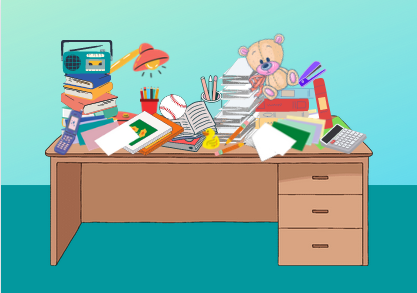Dear Lisa,
How are you? The meeting with Howard yesterday went about as well as expected. Ahmed wasn’t there either. He hasn’t come back from Doha yet, but he should be back tomorrow. The files for the XYZ project are attached to this email. Please don’t forget to send me the P.O. for the testing equipment. Howard mentioned it during the meeting. Have you heard from him yet? He said he was going to email you either today or tomorrow. I did get an email from Tam. She said the gas tank on one of the test vehicles has fallen off. No one is supposed to go anywhere near it. They also don’t want anybody smoking or moving any chemicals near that area, so please inform Jesse and the rest of the team before they go out to the site. When Ahmed comes back, can you arrange a conference call with Jesse and Rashida? Anyhow, I hope we can grab some lunch at that new Indian restaurant sometime soon. Let me know when you’re available.
Best regards,
Taylor
What is wrong with this email?
The sentences are grammatically correct. There aren’t any spelling errors. The language is appropriate for a “business casual” email.
However, it’s hard to make sense of it all. Our author, Taylor, jumps from one topic to another and then back again. The entire body of the email is one long, rambling paragraph. Worst of all, a potentially dangerous issue is buried between sentences about emails and a conference call.

To put it simply, this email is a mess.
If Taylor’s email were a desk, it would be piled with papers, books, files, office supplies, and random “stuff”. It needs to be better organized.
Since the issue with the gas tank is urgent, that should come at the beginning of the email. It would be even better for Taylor to make that into a completely separate email. Either way, it absolutely belongs in a space where Lisa will notice it right away.
The sentences about Howard and the meeting could be grouped together. Then the sentences about Ahmed, his trip, and the conference call could form a another paragraph. Another option would be for Taylor to write bullet points instead of paragraphs.
If learning to write well-organized emails is one of your writing goals for 2023, then you can use Taylor’s email as an example of what not to do. If your own emails tend to consist of one lengthy paragraph that covers multiple topics, look for ways to break things up. We will go over this in more detail in a later article.








4 Replies to Writing a Well-Organized Email (Part One)
good to see you
As someone who receives a significant amount of emails each day, I cannot emphasize enough the importance of writing a well-organized email. Not only does it save time for both the sender and the recipient, but it also ensures that the message is clearly communicated and understood. By following these simple guidelines, you’ll be able to write effective emails that will make a positive impact on your professional and personal communications.
March 14, 2023
Dear Lisa 🍬
(If taylor`s candy🍬 were a desk, it would be filed up with boxes and random “stuff”.)
I found this advice to be incredibly valuable, particularly as someone who frequently receives emails from colleagues, clients, and customers. It’s easy to overlook the importance of organization and clarity in email communication, but this can have a significant impact on how your message is received. These tips are a great reminder to take the time to craft thoughtful, effective emails.
Ask an Editor: A New TextRanch Feature!
Proofreading vs. Editing: What’s the Difference?
Human Editors: Why Do You Need One?
How can I improve my understanding of native-English speakers? Part 1